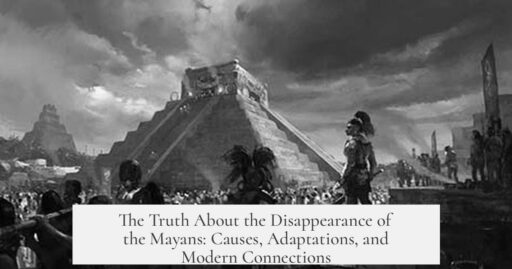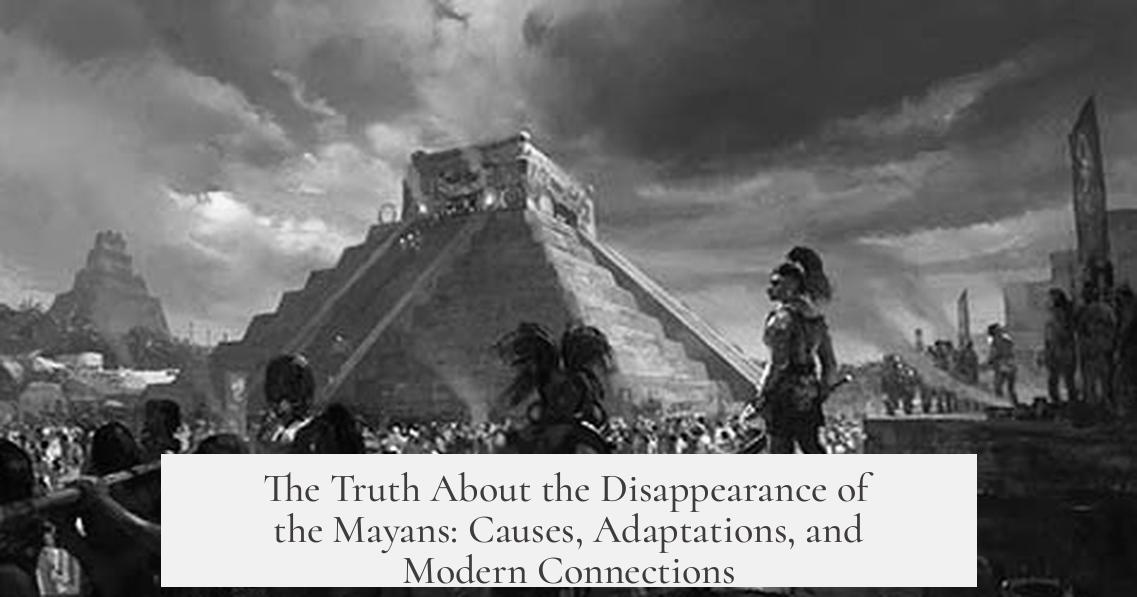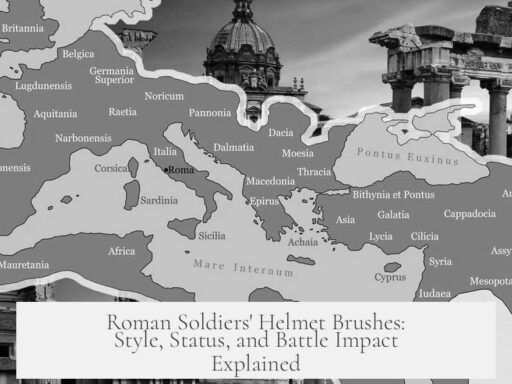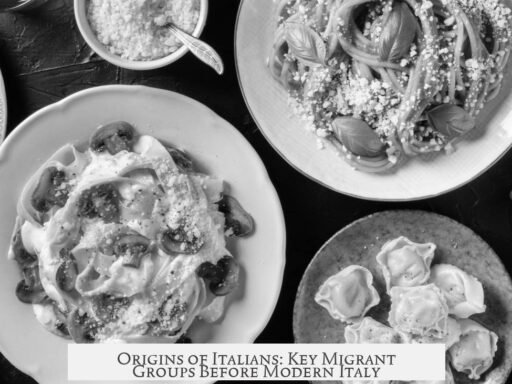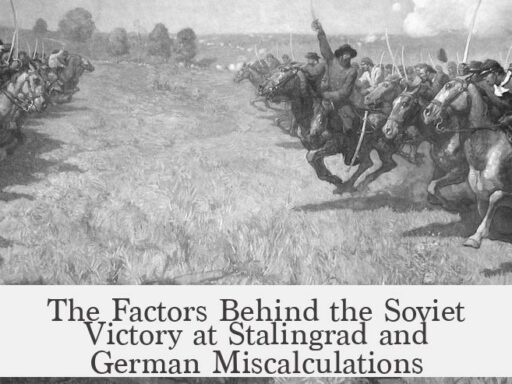The Mayans did not mysteriously disappear. Instead, their decline during the Classic Period resulted from a combination of warfare, drought, soil depletion, and environmental stress. The population shifted from abandoned cities to other regions, and millions of Mayan descendants live today.
Many Classical Mayan cities faced abandonment in the 9th century. This abandonment reflects a decline caused by multiple factors acting together. Warfare destabilized some regions. Prolonged droughts worsened agriculture. Soil depletion reduced the land’s ability to sustain large populations. These pressures forced changes.
Despite the decline of these urban centers, the Mayan people themselves did not vanish. Instead, they moved to other areas. Archaeologist Arthur Demarest suggests that violence and environmental hardships triggered refugee-like movements. People left their cities seeking safer, more viable locations.
Today, over 7 million Mayan people live in Mexico, Guatemala, Belize, and Honduras. Traditional Mayan culture endures, especially in villages across the Yucatan Peninsula. In these communities, the Yucatec Maya language remains in regular use. Visitors can experience this living culture firsthand.
| Factor | Impact |
|---|---|
| Warfare | Caused social instability and population movements |
| Drought | Decreased rainfall led to crop failures |
| Soil depletion | Reduced agricultural productivity |
| Population shifting | Movement to new settlements; cities abandoned |
Understanding the Mayan decline requires recognizing the complexity of these combined issues. It is inaccurate to say the Mayans disappeared. Instead, their society transformed and dispersed. Current indigenous Mayan communities continue their cultural traditions centuries after their urban centers declined.
- The Mayans experienced decline, not disappearance.
- Warfare, drought, and soil issues led to city abandonment.
- Populations moved to other areas, not vanished.
- Millions of Mayan descendants live today, preserving culture.
The Truth Behind the Mystery: How Did the Mayans Mysteriously Disappear?
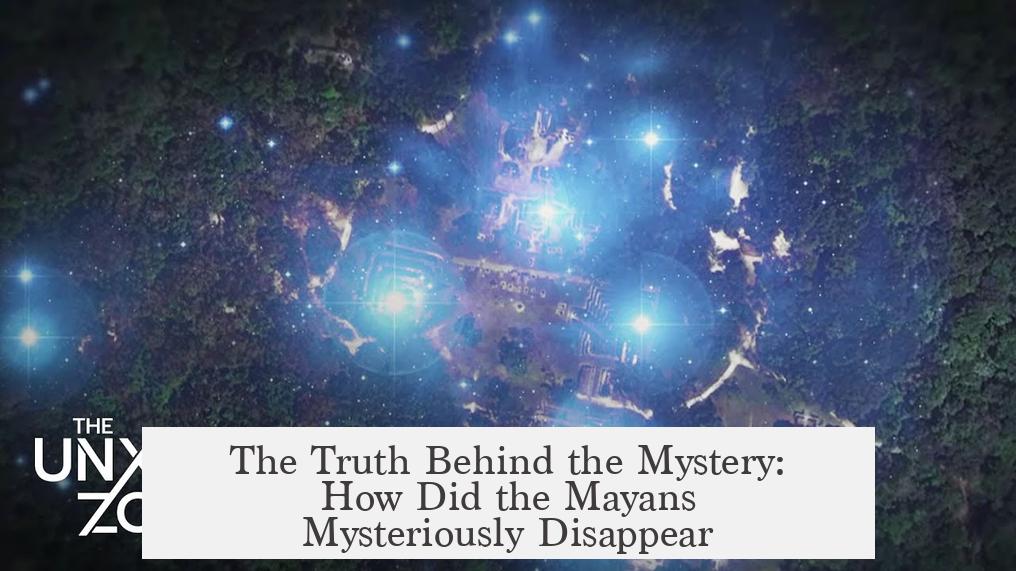
Did the Mayans disappear? Not really. Contrary to popular myths and Hollywood dramatizations, the Mayans as a people never vanished into thin air. Today, over seven million Mayan descendants thrive, speak their ancient tongue, and pass on traditions rooted deeply in history. But then why do so many tales whisper about their mysterious disappearance? Let’s untangle this compelling story and explore what really happened to the Classic Mayan civilization.
First, let’s clear up a common misconception. The idea that the entire Mayan civilization disappeared like an ancient magic trick is a myth. The Classic Mayan cities—those stunning urban centers filled with temples and pyramids—faced significant decline by the 9th century. Yet, the people themselves did not vanish. So, how did this happen?
Decline of Classic Mayan Cities: The Real Causes
Imagine bustling, architecturally magnificent cities like Tikal or Palenque gradually emptying out. The main culprits here include three heavy hitters:
- Warfare: Intense battles between competing city-states fractured the region.
- Drought: Prolonged dry spells battered agriculture and water supplies.
- Soil depletion: Land overuse led to reduced crop yields, threatening food security.
These factors, often intertwining, pushed the classic urban centers into decline. People abandoned these great cities not because they disappeared but because they had to seek new places to live. Over time, populations shifted from once-powerful cities to smaller settlements, continuing their lives elsewhere.
One particularly intriguing view comes from archaeologist Arthur Demarest. His refugee thesis adds a fresh twist: violence combined with environmental stress triggered large-scale migrations resembling refugee movements. Residents fled war and hardship, seeking safer, more fertile regions instead of simply disappearing.
Population Shift: The Mayan People Did Not Vanish
When we consider the Mayan people today, this population shift theory shines. The truth is, the descendants of those Classical-era Mayans remain vibrant. Over 7 million people speak various Mayan languages across Guatemala, Mexico, Belize, and Honduras. Their culture endures in daily life, traditional ceremonies, and communities, especially in the Yucatan Peninsula.
In fact, you can visit Mayan villages in the Yucatan and hear Yucatec Maya spoken among locals. This living heritage is powerful proof against the idea of a “mysterious disappearance.” The ancestors didn’t vanish; they adapted and survived.
Setting Things Straight: Conquistadors and the Aztec Influence
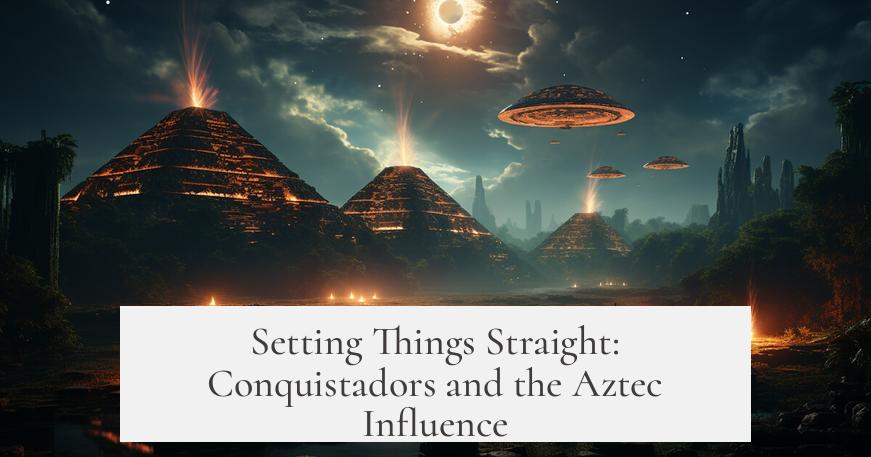
Sometimes, the Mayan disappearance myth confuses timelines and geography. When Europeans arrived, the story wasn’t about conquering the Classical Mayan cities, which had been abandoned centuries before. Instead, European contact happened when the Aztec Empire (known as the Triple Alliance) held sway in central Mexico.
The Conquistadors famously toppled the Aztecs, but the Mayans existed mostly in smaller city-states or rural areas by then. So, European contact had a very different impact on Mayan peoples than on the Aztec capital, Tenochtitlan.
How Are the Mayans Different from Other Ancient Civilizations?
It’s easy to lump the Mayans with other enigmatic ancient civilizations, but there’s a key difference. Some might think of ancient places like Teotihuacan—another powerful metropolis that declined around 550 AD—as part of the Mayan story. It’s not. Teotihuacan predates the rise of the Classic Maya and stands apart culturally and architecturally.
The Mayans showed remarkable resilience. Despite political decline and city abandonment, they kept their culture alive through language, art, astronomy, and religion. No similar “disappearance” happened to many other famous cities.
What Can We Learn from This Mayan Mystery?
The story of the Mayans teaches us to question easy explanations. Civilizations rarely vanish overnight. Instead, they evolve, migrate, and adapt. The Mayan decline shows how environmental stress, human conflict, and social changes can reshape societies.
For those fascinated by history, this narrative is a reminder: beneath every legend lies a deeper truth waiting to be uncovered.
Want to Experience Mayan Culture Today?

The best way to honor the enduring Mayans is to visit their communities. You can:
- Travel to the Yucatan Peninsula and experience local villages.
- Hear Yucatec Maya and other Mayan languages spoken in everyday life.
- Explore ancient ruins like Chichen Itza and learn about the Classic era’s monumental architecture.
By engaging directly with living Mayan cultures, you connect past and present, shedding light on a fascinating, dynamic people—far from “disappeared.”
In Conclusion: The Mayans Didn’t Vanish — They Adapted and Persisted
“How did the Mayans mysteriously disappear?” They didn’t disappear. The Classic cities fell due to warfare, drought, and soil exhaustion, prompting people to move and resettle but never vanish. Today, millions of Mayan descendants keep rich traditions alive, showing a vibrant cultural continuity rather than a mysterious disappearance.
So next time someone drops the phrase “the Mayans mysteriously disappeared,” you can smile knowingly and share the real story. It’s a tale of resilience, adaptation, and a living legacy that still thrives all around us.
